Baggy dresses have made a significant comeback in the fashion industry, offering a blend of comfort, style, and versatility. This trend has captured the attention of fashion enthusiasts and industry players alike, making it a prominent topic in the apparel and accessory market. In this article, we will explore the market overview of baggy dresses, including their rise in popularity, key market players, and consumer demographics and preferences.
Table of Contents:
-Market Overview
-The Rise of Baggy Dresses in the Fashion Industry
-Key Market Players and Their Influence
-Consumer Demographics and Preferences
-Exploring the Design and Cut of Baggy Dresses
-Unique Silhouettes and Styles
-The Evolution of Baggy Dress Designs Over Time
-Fabrics and Materials: What Makes Baggy Dresses Stand Out
-Popular Fabrics Used in Baggy Dresses
-The Role of Sustainable and Eco-friendly Materials
-Patterns and Colors: Making a Statement with Baggy Dresses
-Trending Patterns in Baggy Dresses
-Color Palettes That Dominate the Market
-Comfort and Functionality: Why Baggy Dresses Are a Wardrobe Staple
-The Comfort Factor: Why Consumers Love Baggy Dresses
-Versatility and Practicality in Everyday Wear
-Conclusion
Market Overview
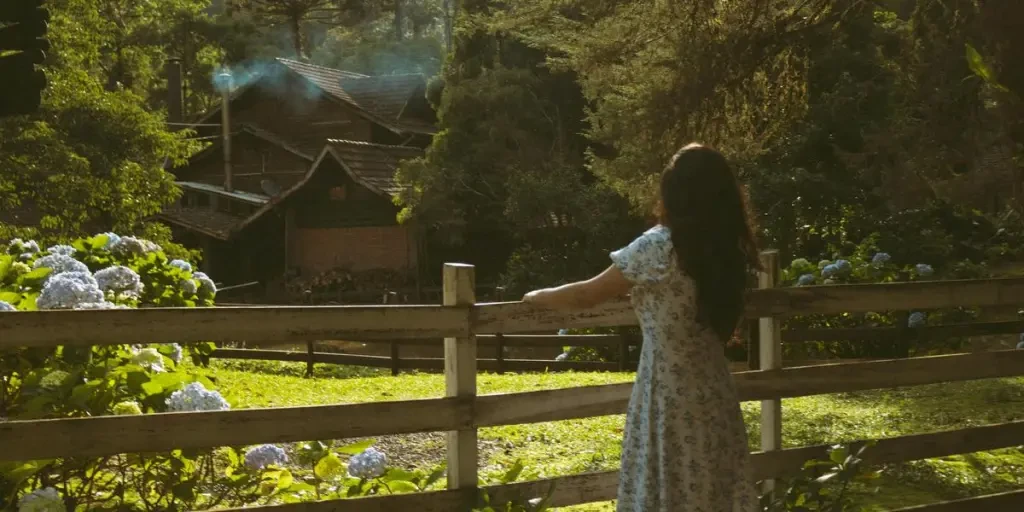
The Rise of Baggy Dresses in the Fashion Industry
Baggy dresses have seen a resurgence in the fashion industry, driven by a shift towards more relaxed and comfortable clothing. This trend is not just a fleeting fashion statement but a reflection of broader changes in consumer behavior and lifestyle. According to a report by Research and Markets, the global apparel market is expected to grow from $870.48 billion in 2023 to $946.6 billion in 2024, at a compound annual growth rate (CAGR) of 8.7%. This growth is partly attributed to the increasing popularity of comfortable and versatile clothing options like baggy dresses.
Key Market Players and Their Influence
Several key players in the fashion industry have embraced the baggy dress trend, contributing to its widespread popularity. Brands like Zara, H&M, and Uniqlo have introduced a range of baggy dresses in their collections, catering to the growing demand for this style. These brands have leveraged their extensive distribution networks and marketing strategies to promote baggy dresses, making them accessible to a broad audience.
According to Research and Markets, the clothing/apparel stores market is expected to grow to $1282.94 billion in 2028, at a CAGR of 7.9%. This growth is driven by the increasing demand for innovative and sustainable fashion, with baggy dresses being a key component of this trend. Major players in the market are focusing on product innovation and sustainability to stay competitive, introducing eco-friendly materials and designs that appeal to environmentally conscious consumers.
Consumer Demographics and Preferences
The popularity of baggy dresses spans across various consumer demographics, with a particular appeal to younger generations. Millennials and Gen Z consumers are driving the demand for baggy dresses, attracted by their comfort, versatility, and stylish appeal. These consumers are also more likely to prioritize sustainability and ethical fashion, influencing their purchasing decisions.
According to a report by Research and Markets, the global baby clothing market, which includes segments like frocks and dresses, is expected to grow from $73.63 billion in 2023 to $77.73 billion in 2024, at a CAGR of 5.88%. This growth highlights the increasing demand for comfortable and practical clothing options, a trend that is also evident in the adult apparel market.
Exploring the Design and Cut of Baggy Dresses
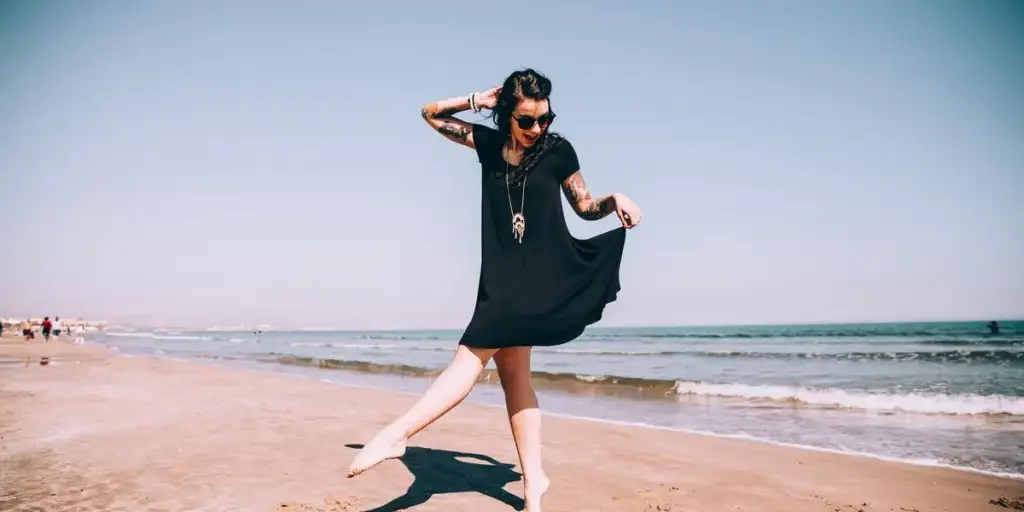
Unique Silhouettes and Styles
Baggy dresses have evolved significantly over the years, embracing a variety of unique silhouettes and styles that cater to diverse fashion tastes. The resurgence of bohemian themes, as seen in the A/W 24/25 catwalks, has brought about a notable shift in volume and silhouettes. Puff sleeves, for instance, have seen a significant increase, with a 43% and 37% year-on-year growth for topweights and dresses, respectively. This trend is complemented by the rise of full skirts, which have increased by 75% and 37% year-on-year, and the poet dress and blouse, which have surged by 247% and 93% year-on-year.
The romantic boho dress, characterized by its soft volume and fluid shapes, is a prime example of this trend. This dress style often features ruffles, sheers, and bow and tie details, blending romantic and bohemian elements seamlessly. The poet dress, inspired by the poet blouse, is another popular silhouette, offering a more voluminous shape that contrasts with the previously dominant bodycon silhouettes. These designs not only provide a fresh direction for fashion assortments but also cater to the growing consumer appetite for ultra-feminine design details.
The Evolution of Baggy Dress Designs Over Time
The evolution of baggy dress designs can be traced back to the early 20th century, with the introduction of loose-fitting garments that prioritized comfort and ease of movement. Over the decades, these designs have undergone various transformations, influenced by cultural shifts and fashion trends. The 1960s and 1970s, for instance, saw the rise of bohemian and hippie styles, characterized by flowing fabrics and relaxed silhouettes.
In recent years, the trend towards baggy dresses has been driven by a desire for comfort and practicality, as well as a growing interest in sustainable and eco-friendly fashion. The A/W 24/25 catwalks, for example, showcased a variety of baggy dress designs that emphasized volume and fluidity, moving away from streamlined and bodycon silhouettes. This shift has allowed for more experimentation with different fits and shapes, resulting in a diverse range of baggy dress styles that cater to various fashion preferences.
Fabrics and Materials: What Makes Baggy Dresses Stand Out
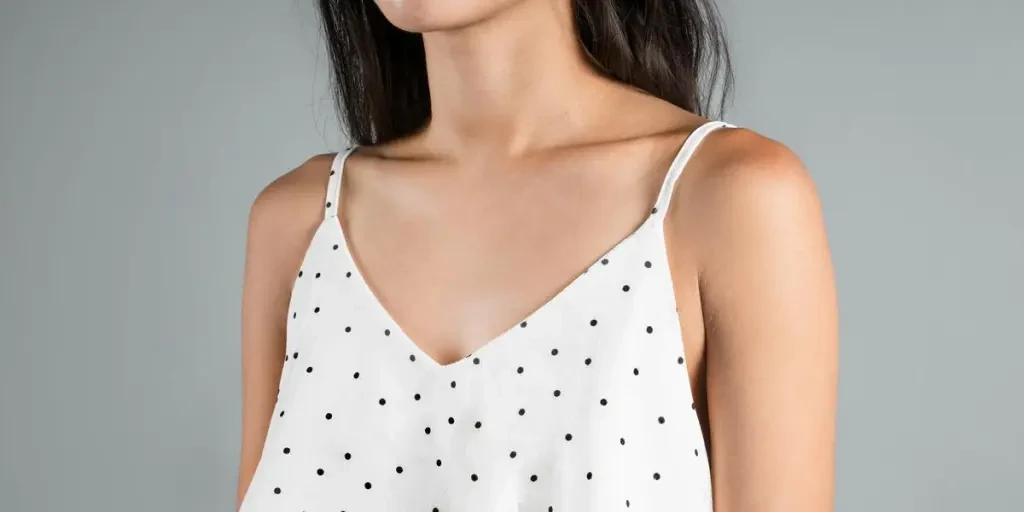
Popular Fabrics Used in Baggy Dresses
The choice of fabrics plays a crucial role in the appeal and functionality of baggy dresses. Popular fabrics used in these designs include cotton, linen, and jersey, which offer a combination of comfort, breathability, and ease of movement. According to a professional report, the use of soft and fluid fabrics, such as GOTS-certified cotton jersey, has become increasingly popular in baggy dress designs. These materials not only provide a delicate and lightweight feel but also contribute to the overall fluidity and volume of the dress.
In addition to these traditional fabrics, designers are also experimenting with more innovative materials, such as sheer and mesh fabrics, to create unique textures and visual effects. For instance, the minimalist mesh maxidress, featuring openwork netting and loose-knit tension effects, exudes effortless glamour and comfort while speaking to refined handcraft and resort trends.
The Role of Sustainable and Eco-friendly Materials
Sustainability has become a key consideration in the fashion industry, and baggy dresses are no exception. The use of sustainable and eco-friendly materials, such as organic cotton, linen, hemp, and nettle, is becoming increasingly prevalent in baggy dress designs. These materials not only reduce the environmental impact of fashion production but also offer a range of benefits, including durability, breathability, and comfort.
Designers are also prioritizing circularity in their creations, focusing on designs that promote longevity, repair, and resale. For example, the use of deadstock fabrics and trim-free designs helps to minimize waste and extend the lifespan of garments. Additionally, the incorporation of self-fabric ties and the elimination of metal trims and hardware further enhance the sustainability of baggy dress designs.
Patterns and Colors: Making a Statement with Baggy Dresses
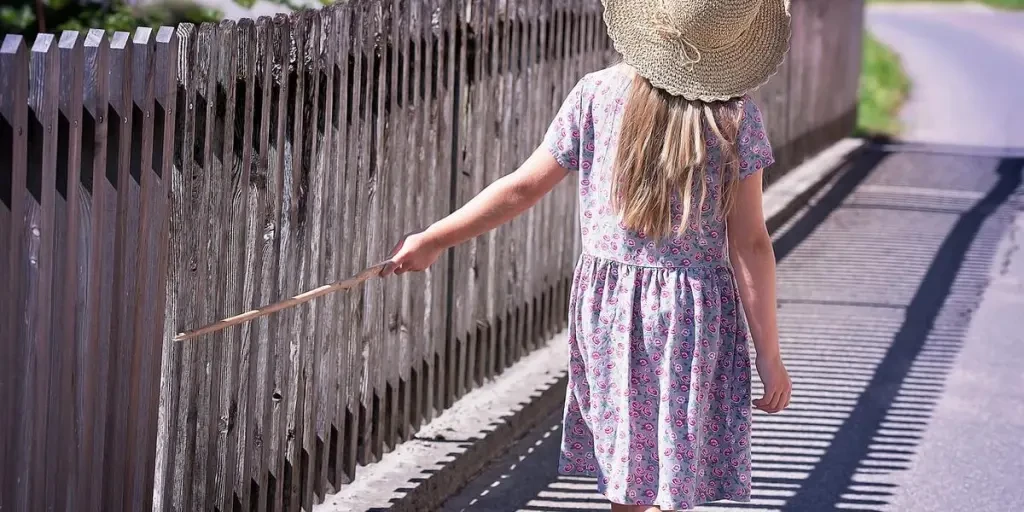
Trending Patterns in Baggy Dresses
Patterns play a significant role in the visual appeal of baggy dresses, allowing designers to create bold and eye-catching designs. According to a professional report, trending patterns in baggy dresses include rich embroidery, broderie anglaise, and printed motifs. These patterns add a touch of artisanal craftsmanship and vintage charm to the dresses, making them stand out in the market.
The resurgence of bohemian themes has also influenced the choice of patterns, with designers incorporating elements such as floral prints, lace ruffles, and fringing. These patterns not only enhance the aesthetic appeal of baggy dresses but also align with the ongoing popularity of romantic and bohemian aesthetics.
Color Palettes That Dominate the Market
The color palettes used in baggy dress designs are equally important in defining their overall look and feel. The A/W 24/25 catwalks showcased a range of delicate and faded colors, including optic white, tea stain, sea kelp, transcendent pink, sepia, and warm amber. These colors, which are part of the #NuBoheme trend, offer a softer and more romantic take on traditional bohemian themes.
In addition to these muted tones, designers are also experimenting with bolder and more vibrant colors to create striking visual contrasts. For instance, the use of bold garden florals and AI pastel hues in print and pattern designs adds a touch of modernity and freshness to baggy dresses, making them more appealing to contemporary consumers.
Comfort and Functionality: Why Baggy Dresses Are a Wardrobe Staple
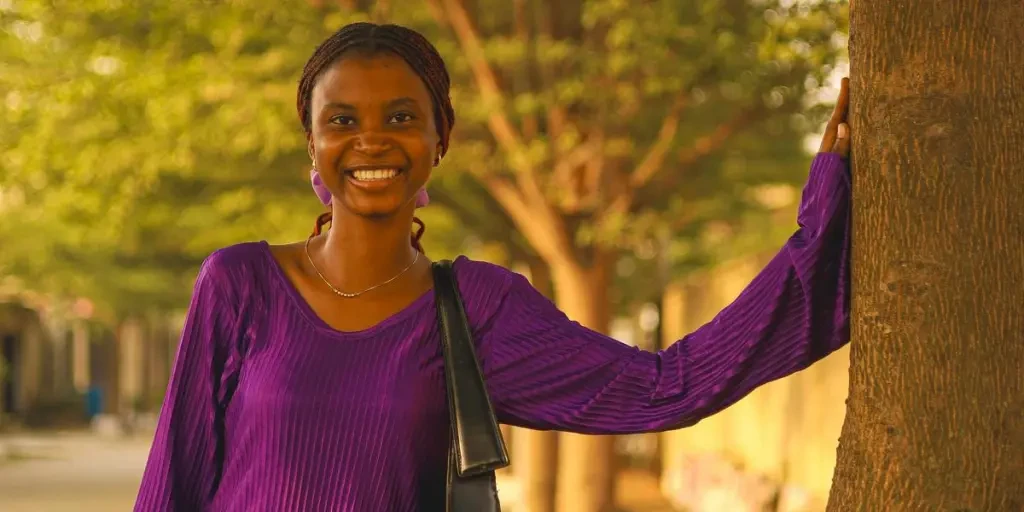
The Comfort Factor: Why Consumers Love Baggy Dresses
One of the primary reasons why baggy dresses have become a wardrobe staple is their unparalleled comfort. The loose-fitting silhouettes and soft, breathable fabrics used in these designs provide a level of comfort that is hard to match. According to a professional report, the use of wide, elasticated waistbands and soft pleating in baggy dress designs further enhances their comfort and ease of movement.
The versatility of baggy dresses also contributes to their popularity. These dresses can be easily dressed up or down, making them suitable for a wide range of occasions, from casual outings to formal events. The ability to layer baggy dresses with other garments, such as vests, cardigans, and blouses, adds to their practicality and functionality, allowing consumers to create a variety of looks with a single dress.
Versatility and Practicality in Everyday Wear
Baggy dresses are not only comfortable but also highly versatile and practical for everyday wear. Their loose-fitting silhouettes and fluid shapes make them ideal for a variety of body types, providing a flattering and forgiving fit. The use of durable and long-lasting materials, such as organic cotton and linen, ensures that these dresses can withstand regular wear and washing, making them a reliable choice for everyday use.
The practical design elements of baggy dresses, such as wide waistbands, soft pleating, and tie fastenings, further enhance their functionality. These features allow for easy adjustments and customization, ensuring a comfortable and secure fit. Additionally, the incorporation of pockets and other functional details adds to the practicality of baggy dresses, making them a convenient and stylish choice for modern consumers.
Conclusion
Baggy dresses have evolved into a versatile and stylish wardrobe staple, offering a unique blend of comfort, functionality, and aesthetic appeal. The resurgence of bohemian themes and the growing interest in sustainable fashion have further propelled the popularity of these designs, making them a key trend in the apparel and accessory industry. As fashion continues to evolve, baggy dresses are likely to remain a popular choice, providing consumers with a comfortable and fashionable option for a variety of occasions.





 Afrikaans
Afrikaans አማርኛ
አማርኛ العربية
العربية বাংলা
বাংলা Nederlands
Nederlands English
English Français
Français Deutsch
Deutsch हिन्दी
हिन्दी Bahasa Indonesia
Bahasa Indonesia Italiano
Italiano 日本語
日本語 한국어
한국어 Bahasa Melayu
Bahasa Melayu മലയാളം
മലയാളം پښتو
پښتو فارسی
فارسی Polski
Polski Português
Português Русский
Русский Español
Español Kiswahili
Kiswahili ไทย
ไทย Türkçe
Türkçe اردو
اردو Tiếng Việt
Tiếng Việt isiXhosa
isiXhosa Zulu
Zulu